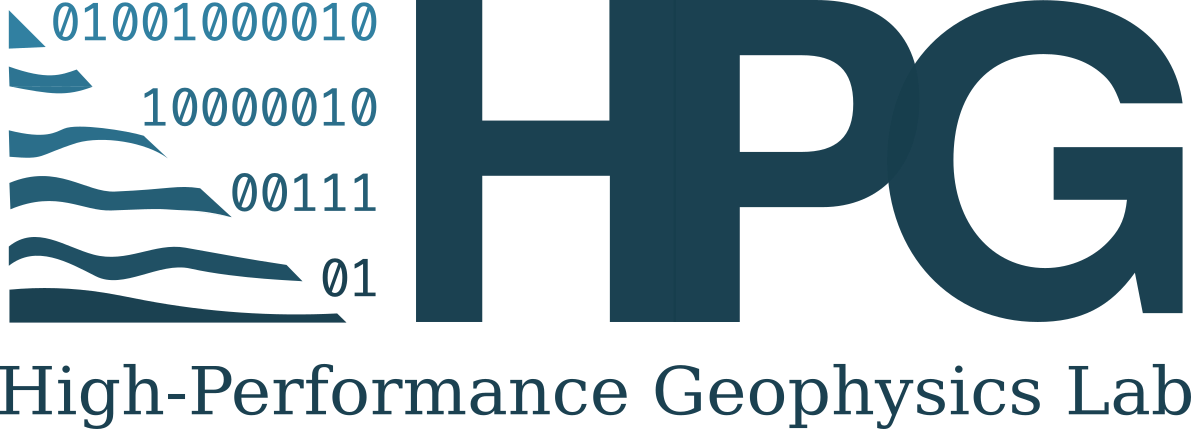Ongoing Projects

Separation of diffractions in finite offset domain in OBN datasets
Research and development of seismic processing techniques in the finite offset domain specific to Ocean Bottom Nodes (OBN) acquisition geometries. These techniques are part of an OBN Package comprising: 1) Development of the mathematical formulation and implementation of the Common Reflection Point (CRP) regularization. 2) Development of the mathematical formulation and implementation of a diffraction separation algorithm in the finite offset domain. 3) Conducting feasibility studies of a seismic tomography based on CRP gathers in OBN geometries.
Past Projects

Algorithms and methods for diffraction separation in the pre-stack domain and extraction of anisotropic parameters in HPC systems
The main objectives of the project are research, development and practical application of diffraction separation, 5D regularization in the pre-stack domain and extraction of kinematic parameters related to anisotropic parameters. The obtained results, with direct application in industry, will have a significant impact on migration velocity model validation in complex geology, such as those found in pre-salt reservoirs.

High-Performance Geophysics lab computing infrastructure upgrade
In this project we are upgrading the high-performance computing infrastructure installed at the High-Performance Geophysics lab to expand the laboratory’s processing capacity. This upgrade includes a new high-performance computing system that will be able to perform up to 350 TeraFlops. This new system will be used to support the HPG research on new seismic processing technologies for 3D seismic datasets.

Development and practical application of processing techniques, regularization, and imaging in the pre-stack domain based on 3D HPC CRS
In this project we are generalizing the Common Reflection Surface (CRS) techniques developed on the last project to the pre-stack domain, and applying it to several important seismic imaging problems. Such problems include 5D Regularization, 3D Common Reflection Point Migration, Normal Incidence Point Tomography, Image Incident Point and Stereotomography. We are also developing an Anisotropic CRS. All these techniques are being developed over our SeisHPC framework, which will provide scalability and fault tolerance for very large problems on heterogeneous clusters of computers.

Smart Compression of LWD Acoustic Data
The project aims to develop algorithms/software for smart data compression of Logging-While-Drilling (LWD) acoustic data. The main focus is on developing a pattern recognition algorithm that can automatically detect structures on acoustic images away from the borehole. Downhole image interpretation based on the pattern recognition algorithm should enable the data transfer to the surface acquisition system in real time by mud pulse telemetry.

Processing algorithms and seismic imaging with emphasis in carbonate reservoirs
Research and development of algorithms for processing and imaging o seismic data over carbonate reservoirs. The project aims for the synergetic association of (1) the Common Reflection Surface (CRS) method and (2) the application of modern signal processing techniques, common in medical imaging, radar, sonar and telecommunications. This project has as results the following technologies: 2D/3D Common Reflection Surface (CRS) stacking software, developed using high performance computing (HPC) techniques and able to process 2D and 3D seismic data up to Terabytes. A compatible interface with the ProMax® package was also developed, along with a manual, allowing its use in production level; 2D/3D Normal Incidence Point (NIP) tomography software, constructing velocity models for depth migration. Designed for parallel computing and with a ProMax® interface; 2D/3D CRS Post-stack Time Migration, final stages of development; Investigations of the latest techniques on time-to-depth conversion.

2D and 3D Seismic imaging incorporating the CRS method and velocity analysis
This project was carried out, from 2011 until 2013, at the Geophysical Computational Laboratory (LGC), at the Institute of Mathematics, Statistics and Computer Science (IMECC), coordinated by Professor Martin Tygel.

Seismic data reprocessing on ANP's interest areas
This project was carried out at the Geophysical Computational Laboratory (LGC), at the Institute of Mathematics, Statistics and Computer Science (IMECC), coordinated by Professor Martin Tygel.
